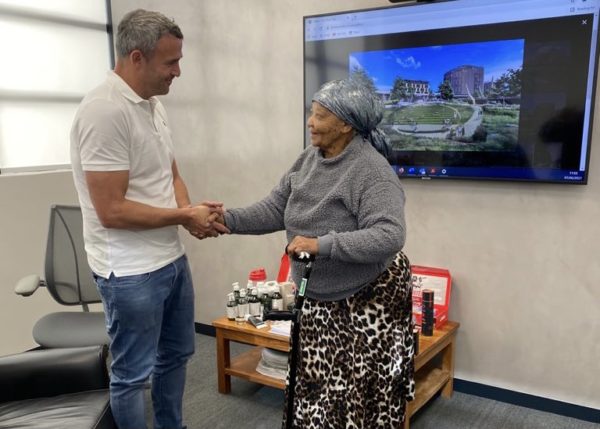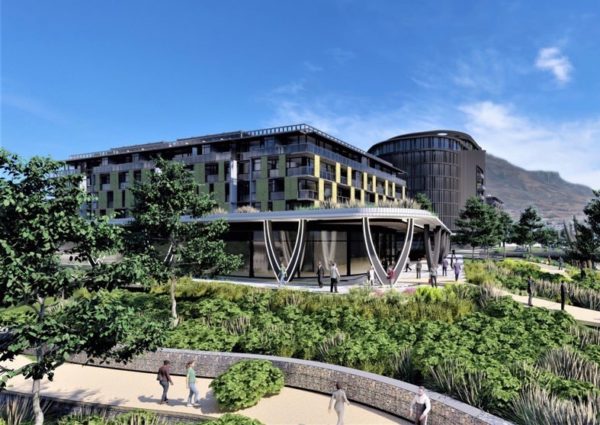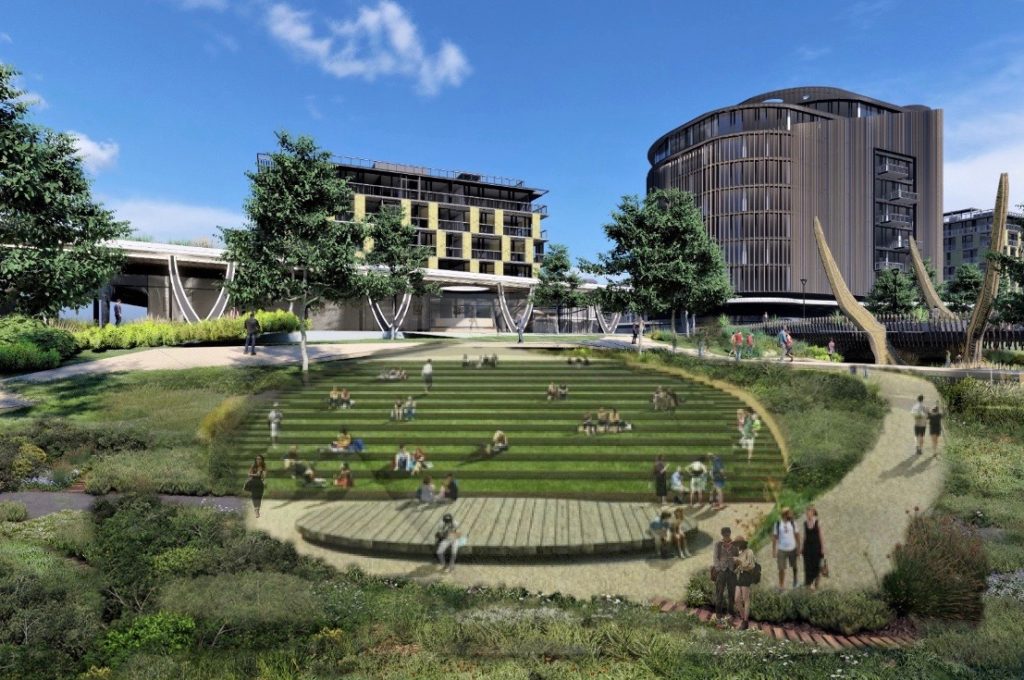Considering the current global context, and largely looking at the impact of COVID-19, it’s more important than ever to share stories of hope and celebrate good news. Jody Aufrichtig, the man behind the River Club development in Observatory, has spoken up against detractors, emphasising the historic victory of the planned R4bn development.
While some detractors of the project has criticised the redevelopment as being the ‘next Canal Walk.’ The exact opposite is true.
“I am sick of all the lies,” said Aufrichtig in an interview with Cape {town} Etc.
After meeting with Aufrichtig, it’s abundantly clear that heritage, historic restoration and cultural celebration lie at the core of the entire development.
Aufrichtig is working closely with the Western Cape First Nations Collective (which represents the majority of First Nations Groups in the Cape Peninsula) as well as with Queen Katrina Esau of the San Royal House of Nǀǀnǂe, in celebrating South Africa’s Khoi and San indigenous peoples Right of Return to their ancestral territories at the River Club.

April 11 saw a historic moment unfold: “the bringing together of more than two hundred indigenous structures, organisations and leadership that have been at the coalface of the fight for the recognition, restitution, and restoration of indigenous descendants in the Western Cape,” writes Zenzile Khoisan from First Nations News.
Very far from being like Canal Walk, the development will grow to include a world-class international First Nations media, cultural, heritage and environmental centre, to name a few aspects. All South Africans can visit this centre to learn and be educated about our rich (and increasingly forgotten) history.
Aufrichtig has publicly declared what has been agreed between Liesbeek Leisure Properties Trust and the Western Cape First Nations Collective:
“We commit to ceremonial amphitheatres, indigenous gardens, to naming of the streets and key points around the development to celebrate the First Nations heritage and, with the permission of the First Nations and Ouma Katrina, we’ve chosen the symbol of the Eland [the sacred symbol of hope].”

What currently stands as a toxic wasteland, marked by a measly blue plaque that ‘acknowledges’ the history of the land, will flourish into a cultural and historical hub, a living archive of sorts, where Khoi and San culture will not only be celebrated and learned, but reignited.
Queen Katrina and her granddaughter are the last two indigenous Khoi-speaking people. The centre will become a place where traditions such as language will be fostered, learned and preserved for generations to come.
As for detractors crying environmental concerns? Again, Aufrichtig has emphasised the opposite to be true.
The land was an infill site that, unfortunately, the Passenger Rail Agency of SA continued to fill for over 40 years, until it became a floodplain. The water was toxic.
“This redevelopment gives us the incredible opportunity to rehabilitate the wetlands. So, what we are looking at on the site is that 65% will be restored and rehabilitated [into a] green space to be enjoyed by the public.”
The entire development is about hope and healing. From the cultural centre and indigenous gardens, to inclusionary housing and economic opportunities.
On-site, there will be housing of which 20% will be developer subsidised inclusionary units for the people of Cape Town, which will be integrated with the other residential units. There will also be opportunities for economic upliftment.
“If you want to lift people up, you integrate them and lift them up with you, you don’t isolate them,” says Aufrichtig.
“We believe that our partnership will remove the cycle of invisibility that has clouded the First Nations heritage for many years and we intend to restore that heritage and educate and teach Capetonians and visitors of Cape Town about the history of our country,” he said.
Pictures: Supplied

